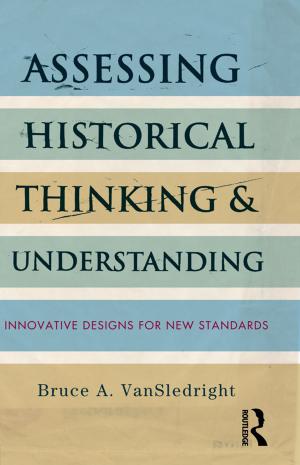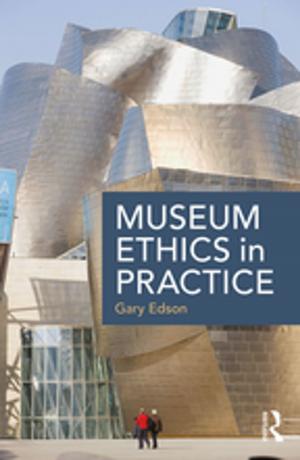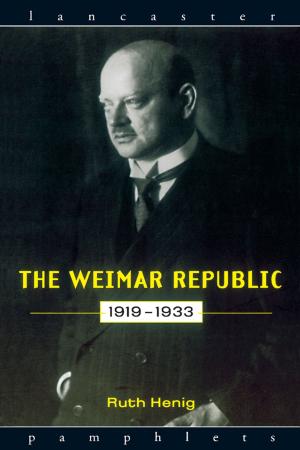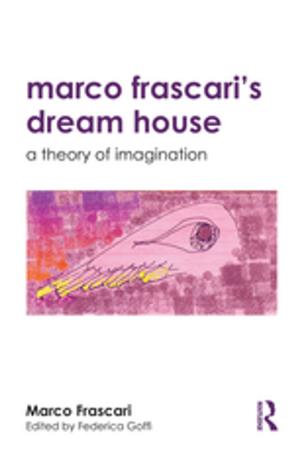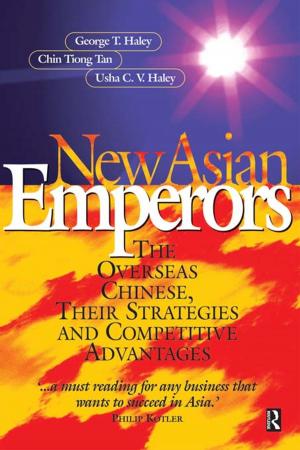Travellers, Intellectuals, and the World Beyond Medieval Europe
Nonfiction, Science & Nature, Science, Earth Sciences, Geography| Author: | ISBN: | 9781351877602 | |
| Publisher: | Taylor and Francis | Publication: | May 15, 2017 |
| Imprint: | Routledge | Language: | English |
| Author: | |
| ISBN: | 9781351877602 |
| Publisher: | Taylor and Francis |
| Publication: | May 15, 2017 |
| Imprint: | Routledge |
| Language: | English |
As the articles reprinted in this volume demonstrate, medieval men and women were curious about the world around them. They wanted to hear about distant lands and the various peoples who inhabited them. Travellers' tales, factual such as that of Marco Polo, and fictional, such as Chaucer's famous pilgrimage, entertained audiences across Europe. Colorful mappaemundi placed in churches illustrated these other lands and peoples for those who could not read. Medieval travel literature was not only entertaining, however, it was also informative, generating proto-ethnological information about the world beyond Latin Christendom that provided useful guidance for those such as merchants and missionaries who intended to travel abroad. Merchants learned about safe travel routes to foreign lands, about dangers to be avoided on the roads and at sea, about cultural practices that might interfere with their attempts at trade, and about products that would be suitable for foreign markets. Churchmen read the reports of missionaries to understand the beliefs of Muslims and other non-believers in order to debate with them and to learn their languages. These articles illustrate how travellers' reports in turn shaped the European response to the world beyond Europe, and are set in context in the editor's introduction.
As the articles reprinted in this volume demonstrate, medieval men and women were curious about the world around them. They wanted to hear about distant lands and the various peoples who inhabited them. Travellers' tales, factual such as that of Marco Polo, and fictional, such as Chaucer's famous pilgrimage, entertained audiences across Europe. Colorful mappaemundi placed in churches illustrated these other lands and peoples for those who could not read. Medieval travel literature was not only entertaining, however, it was also informative, generating proto-ethnological information about the world beyond Latin Christendom that provided useful guidance for those such as merchants and missionaries who intended to travel abroad. Merchants learned about safe travel routes to foreign lands, about dangers to be avoided on the roads and at sea, about cultural practices that might interfere with their attempts at trade, and about products that would be suitable for foreign markets. Churchmen read the reports of missionaries to understand the beliefs of Muslims and other non-believers in order to debate with them and to learn their languages. These articles illustrate how travellers' reports in turn shaped the European response to the world beyond Europe, and are set in context in the editor's introduction.



